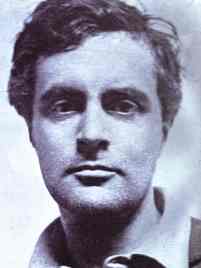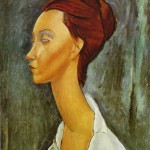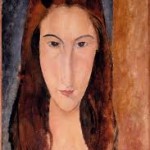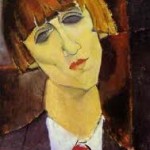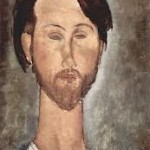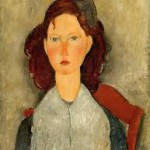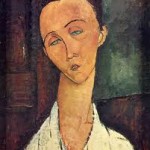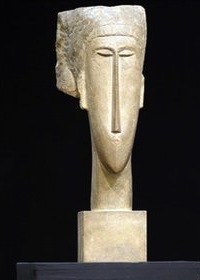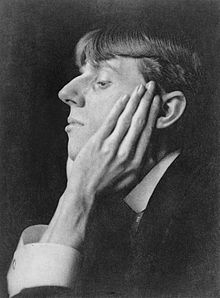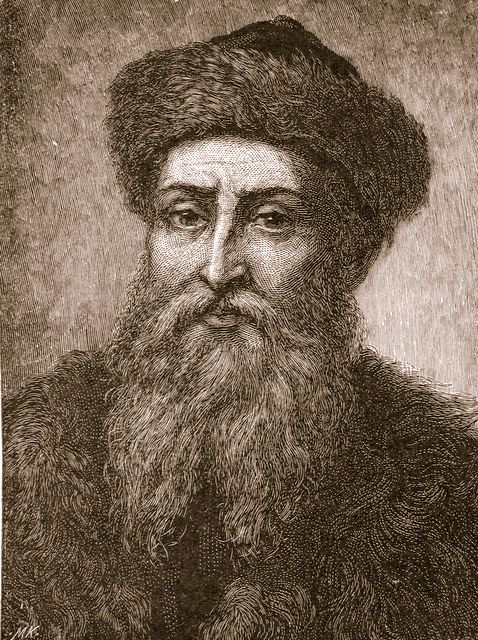Born into poverty July 12, 1884, Amedeo Modigliani died a disease-riddled alcoholic at just 35. In between, he created works of such beauty he’s now the hottest name in the auction house world.
He was born in Livorno, Italy, to a wretchedly poor immigrant Jewish family.
His economic modern day value is now phenominal. A limestone sculpture has just been sold for a record price of £35.8m in the Paris branch of Christie’s auction house.
Over the last 20 years his stock has risen to dizzying heights, with his work now regarded alongside that of Picasso, Matisse, Van Gogh, Gauguin and Klimt.
He was an Italian artist who worked mainly in France. Primarily a figurative artist, he became known for paintings and sculptures in a modern style characterized by mask-like faces and elongation of form.
During the early 1900s in Paris he developed a unique style. Today his graceful portraits and lush nudes at once evoke his name, but during his brief career few apart from his fellow artists were aware of his gifts.
In 1906, Modigliani settled in Paris, where he encountered the works of Henri de Toulouse-Lautrec, Georges Rouault, and Pablo Picasso (in his “blue period”) and assimilated their influence. The strong influence of Paul Cezanne’s paintings is clearly evident, both in Modigliani’s deliberate distortion of the figure and the free use of large, flat areas of colour.
His friendship with Constantin Brancusi kindled Modigliani’s interest in sculpture, in which he would continue his very personal style distinguished by strong linear rhythms, simple elongated forms, and verticality.
After 1915, Modigliani devoted himself entirely to painting, producing some of his best work. His interest in African masks and sculpture remains evident, especially in the treatment of the sitters’ faces: flat and masklike, with almond eyes, twisted noses, pursed mouths, and elongated necks.
His later life was tragic to a Van Gogh-like degree. The paintings that now fetch £30m apiece were given to strangers in exchange for meals in restaurants, or sold for pitiful sums that vanished in absinthe or opium. On a holiday to Nice, he was reduced to selling his work to tourists for a few francs. Excessive drinking led to blackouts. His health deteriorated quickly. He died penniless and destitute in Paris January 24, 1920 of tubercular meningitis, exacerbated by poverty, overwork, and addiction to alcohol and narcotics.

